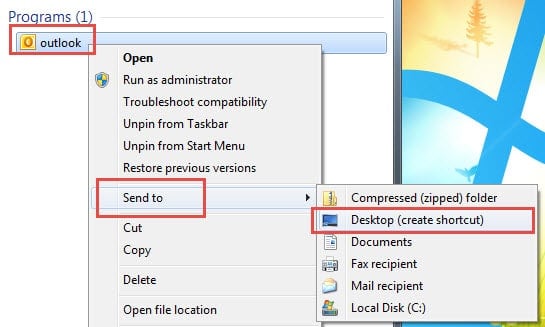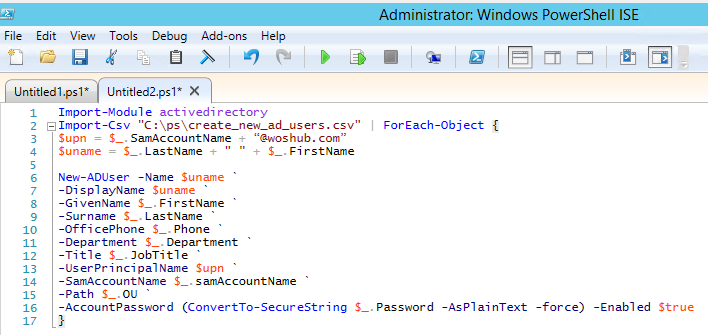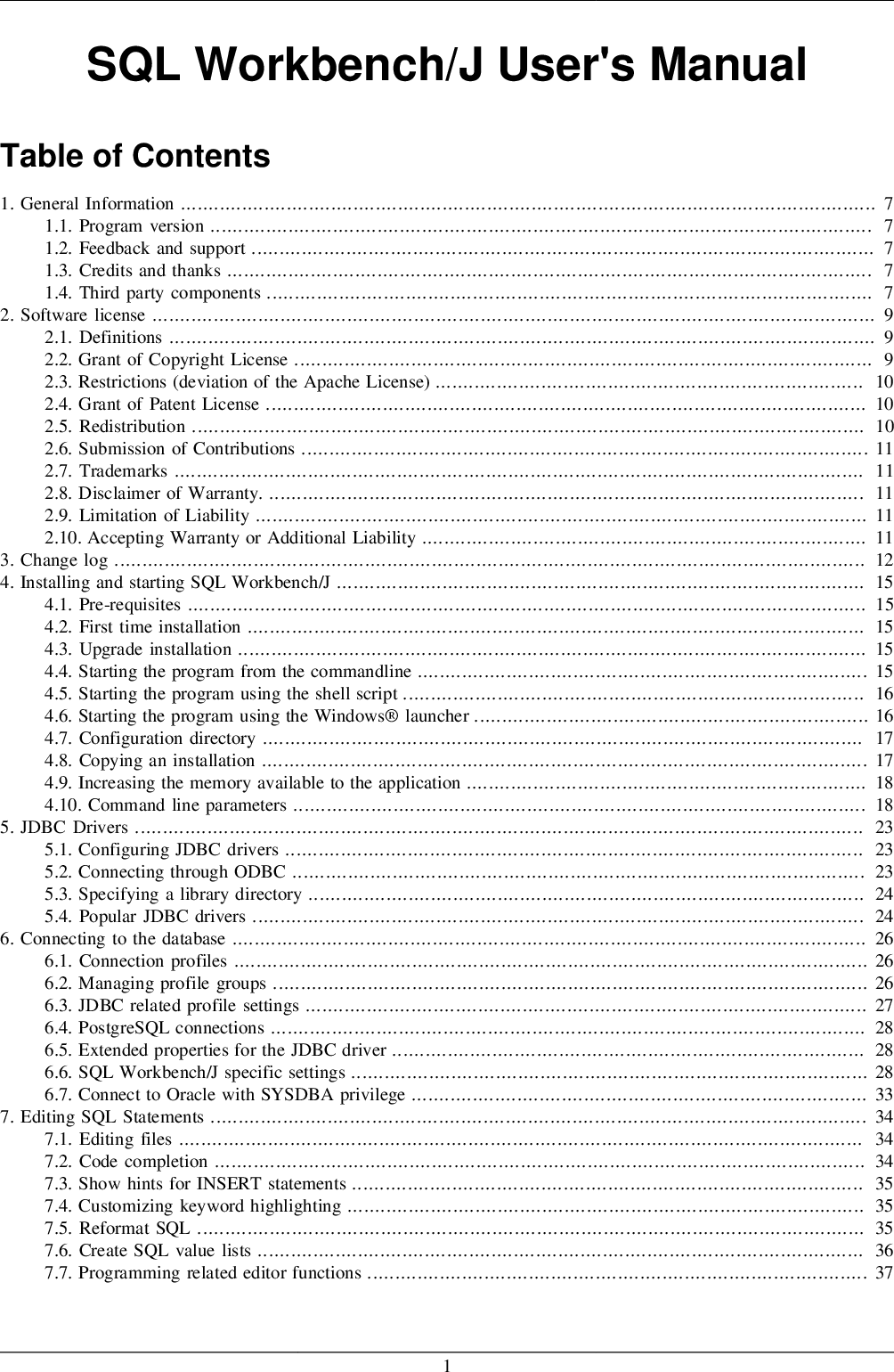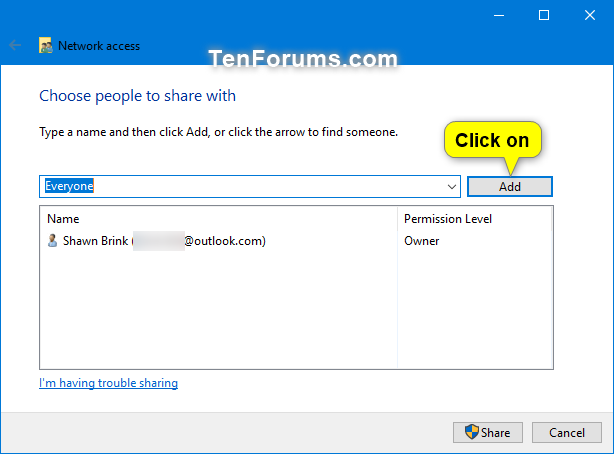The regexp_matches perform returns a set of textual content arrays of captured substring resulting from matching a POSIX common expression sample to a string. This perform returns no rows if there isn't a match, one row if there is a match and the g flag just isn't given, or N rows if there are N matches and the g flag is given. Each returned row is a textual content array containing the whole matched substring or the substrings matching parenthesized subexpressions of the pattern, simply as described above for regexp_match. Regexp_matches accepts all of the flags proven in Table 9.24, plus the g flag which instructions it to return all matches, not just the first one. Each character in a daily expression is either a metacharacter, having a particular meaning, or a daily character that has a literal that means. For example, in the regex b., 'b' is a literal character that matches just 'b', while '.' is a metacharacter that matches every character besides a newline. Therefore, this regex matches, for instance, 'b%', or 'bx', or 'b5'. Together, metacharacters and literal characters can be used to identify text of a given sample or course of a selection of cases of it. Pattern matches could range from a precise equality to a very basic similarity, as managed by the metacharacters. Is a very general pattern, [a-z] (match all decrease case letters from 'a' to 'z') is much less common and b is a precise sample (matches just 'b'). If you're matching a onerous and fast string, or a single character class, and you're not utilizing any re options such because the IGNORECASE flag, then the full power of normal expressions may not be required. There are instances where you'll need to search for a literal interval or a literal opening bracket, particularly when working with supply code or configuration information.
Because these characters have special which means in common expressions, you should "escape" these characters to inform grep that you do not wish to use their special that means in this case. Patterns that exactly specify the characters to be matched are called "literals" as a end result of they match the sample actually, character-for-character. A common expression is a character sequence that's an abbreviated definition of a set of strings . A string is said to match a regular expression if it is a member of the regular set described by the common expression. Unlike LIKE patterns, a regular expression is allowed to match anywhere inside a string, unless the common expression is explicitly anchored to the start or finish of the string. A common expression (shortened as regex or regexp; typically known as rational expression) is a sequence of characters that specifies a search sample in textual content. Usually such patterns are used by string-searching algorithms for "discover" or "discover and substitute" operations on strings, or for input validation. Regular expression strategies are developed in theoretical laptop science and formal language concept. When the match runs, the primary part of the common expression (\b) finds a attainable match proper initially of the string, and hundreds up $1 with "Foo". This time it goes all the way till the next occurrence of "foo". The full regular expression matches this time, and you get the anticipated output of "desk follows foo." In basic, you presumably can perform all of the basicFindorFind and Replacefunctions of a regular editor's search tool in SiteSpect without learning common expressions. This implies that it inserts any essential backslashes to point that the character that follows the blackslash must be interpreted actually and not with its particular meaning in regex.
A regular expression is a sequence of characters that types a search pattern, primarily for use in pattern-matching and "search-and-replace" functions. They may be additionally used as a data generator, following the idea of reversed common expressions, and provide randomized take a look at information to be used in take a look at databases. If "." matches any character, how do you match a literal "."? You need to make use of an "escape" to tell the regular expression you wish to match it precisely, not use its particular behaviour. Like strings, regexps use the backslash, \, to escape particular behaviour. We use strings to characterize common expressions, and \ is also used as an escape image in strings. When you want to search and replace particular patterns of text, use regular expressions. They can help you in sample matching, parsing, filtering of results, and so on. Once you be taught the regex syntax, you can use it for almost any language. In theoretical terms, any token set could be matched by common expressions so lengthy as it's pre-defined. In terms of historical implementations, regexes had been originally written to make use of ASCII characters as their token set though regex libraries have supported quite a few other character sets. Many trendy regex engines supply no less than some help for Unicode. In most respects it makes no distinction what the character set is, however some issues do arise when extending regexes to assist Unicode. The beginning range level and the ending range point shall be a collating factor or collating symbol. An equivalence class expression used as a beginning or ending point of a variety expression produces unspecified outcomes. An equivalence class can be utilized portably within a bracket expression, but solely outside the vary. If the represented set of collating parts is empty, it is unspecified whether the expression matches nothing, or is handled as invalid. One of the precept uses of normal expressions is the seek for substrings in character strings. In basic, a consumer is interested in a specific number of character strings that match a daily expression.
In ABAP, searches using common expressions are applied using the addition REGEX of the statement FIND or certainly one of thesearch capabilities. Here, the found substrings are determined with no overlaps in accordance with the leftmost-longest rule. The substring perform with two parameters, substring, offers extraction of a substring that matches a POSIX regular expression pattern. It returns null if there isn't any match, otherwise the primary portion of the text that matched the sample. But if the sample accommodates any parentheses, the portion of the text that matched the primary parenthesized subexpression is returned. You can put parentheses round the entire expression if you would like to use parentheses within it without triggering this exception. If you want parentheses within the pattern before the subexpression you want to extract, see the non-capturing parentheses described under. This was roughly equivalent to scanning a string twenty trillion characters lengthy, and took more than a day to complete. Returns the starting index of each substring of str that matches the character patterns specified by the regular expression. If there are not any matches, startIndex is an empty array.
If there are substrings that match overlapping items of textual content, solely the index of the first match shall be returned. Unicode regular expressions do not help so-called "id escapes"; that's, patterns where an escaping backslash isn't wanted and effectively ignored. For example, /\a/ is a legitimate regular expression matching the letter 'a', but /\a/u is not. Perl regexes have turn into a de facto normal, having a wealthy and highly effective set of atomic expressions. As in POSIX EREs, and are treated as metacharacters except escaped; different metacharacters are recognized to be literal or symbolic based mostly on context alone. Additional functionality includes lazy matching, backreferences, named seize groups, and recursive patterns. Several enhancements have been made in BMC Discovery to make it more robust in opposition to inefficient common expressions than previous variations. It now minimizes the regular expression matching wanted when deciding which TPL patterns to run. It additionally spreads the work of running TPL patterns among a number of processors so that if one is busy with a protracted common expression match, the opposite processors can keep on working. Regular expression, specified as a character vector, a cell array of character vectors, or a string array.
Each expression can include characters, metacharacters, operators, tokens, and flags that specify patterns to match in str. Create a personality vector that accommodates a newline, \n, and parse it utilizing an everyday expression. Since regexp returns matchStr as a cell array containing text that has a quantity of traces, you'll be able to take the text out of the cell array to display all lines. This modifier could additionally be specified to be the default by use re '/a' or use re '/aa'. Also see "Which character set modifier is in effect?". However, they are usually written with slashes as delimiters, as in /re/ for the regex re. A related conference is utilized in sed, where search and replace is given by s/re/replacement/ and patterns could be joined with a comma to specify a variety of traces as in /re1/,/re2/. This notation is particularly well known as a outcome of its use in Perl, the place it types a part of the syntax distinct from normal string literals. In some instances, similar to sed and Perl, various delimiters can be used to avoid collision with contents, and to keep away from having to escape occurrences of the delimiter character within the contents. For example, in sed the command s,/,X, will exchange a / with an X, utilizing commas as delimiters. Regular expressions are a really powerful method to match arbitrary textual content. The common expression engine makes an attempt to match the common expression against the enter string. Such matching starts firstly of the string and strikes from left to proper. The matching is taken into account to be "greedy", as a outcome of at any given point, it's going to always match the longest attainable substring. For example, if a regular expression might match the substring 'aa' or 'aaa', it's going to all the time take the longer possibility. You can see that the string in the textual content variable had a number of punctuation marks, we grouped all these punctuations within the regex expression utilizing square brackets. It is essential to say that with a dot and a single quote we have to make use of the escape sequence i.e. backward slash. This is as a result of by default the dot operator is used for any character and the one quote is used to denote a string. A Regular Expression is a text string that describes a search pattern which can be used to match or exchange patterns inside a string with a minimal amount of code.
In this tutorial, we are going to implement various kinds of regular expressions within the Python language. The supply string is returned unchanged if there isn't a match to the sample. If there is a match, the supply string is returned with the substitute string substituted for the matching substring. Write \\ if you have to put a literal backslash within the alternative text. The flags parameter is an optional text string containing zero or extra single-letter flags that change the function's habits. Flag i specifies case-insensitive matching, while flag g specifies replacement of every matching substring quite than solely the first one. When trying to match a string, the index is queried for a set of the regular expressions whose hint appears as a substring of the string being matched. Once constructed, the index can perform this query in a short time. This set, combined with a set of expressions that haven't any hints, forms the set of all of the common expressions that can doubtlessly be matched by the string. An attempt is made to match the string towards each expression in flip till one is found or there aren't any expressions left, which means that the string doesn't match. When you escape the character, it tells common expression to ignore the character's special which means and match to whatever it actually is. In basic common expressions, there is a particular pattern for case-insensitive matching (?i), which isn't supported in VBA RegExp. To overcome this limitation, our custom operate accepts the third optionally available argument named match_case. To do case-insensitive matching, merely set it to FALSE. Because the caret symbol has particular which means in common expressions, precede it with the escape character, a backslash (\). To cut up a character vector at other delimiters, corresponding to a semicolon, you do not want to incorporate the backslash. Method Description exec() Executes a search for a match in a string. It returns an array of information or null on a mismatch.
Match() Returns an array containing all of the matches, together with capturing groups, or null if no match is found. MatchAll() Returns an iterator containing the entire matches, together with capturing groups. It returns the index of the match, or -1 if the search fails. Replace() Executes a seek for a match in a string, and replaces the matched substring with a substitute substring. ReplaceAll() Executes a seek for all matches in a string, and replaces the matched substrings with a replacement substring. Split() Uses a regular expression or a fixed string to break a string into an array of substrings. Regular expressions are patterns used to match character mixtures in strings. These patterns are used with the exec() and test() methods of RegExp, and with the match(), matchAll(), replace(), replaceAll(), search(), and split() strategies of String. This chapter describes JavaScript common expressions. Being able to match various units of characters is the first thing common expressions can try this isn't already possible with the strategies obtainable on strings. However, if that was the one further functionality of regexes, they wouldn't be much of an advance. Another capability is that you can specify that parts of the RE have to be repeated a sure variety of times. Similar to how bracket expressions can specify completely different possible choices for single character matches, alternation lets you specify various matches for strings or expression sets. Many of the ARE extensions are borrowed from Perl, but some have been modified to clean them up, and a few Perl extensions aren't current.
The SIMILAR TO operator returns true or false relying on whether or not its pattern matches the given string. It is just like LIKE, besides that it interprets the sample using the SQL standard's definition of an everyday expression. SQL common expressions are a curious cross between LIKE notation and common common expression notation. After matching each new character or subexpression, the engine tries as soon as once more to match the rest of the sample. As the earlier examples show, the problems occur when a daily expression fails to match completely, however there are a quantity of partial matches. When writing an everyday expression it isn't sufficient to think about what occurs when the common expression succeeds, but also the method it performs when it fails. Regular expressions are specifically encoded strings which are used to match patterns in text. Think of them as fancy wildcards that permit you to search through your logs and do extra sophisticated sample matching than you'll have the power to do otherwise. Don't let the "regular expression" moniker scare you off! While regular expression sample matching can be used in a quantity of sophisticated eventualities, it's really quite easy to use, particularly in InsightIDR. As in life, a number of thoughtful expressions will go a good distance. If str and expression are each character vectors or string scalars, the output is a 1-by-n cell array, where n is the variety of matches. Each cell incorporates a 1-by-m cell array of matches, the place m is the number of tokens in the match.
Each cell contains an m-by-2 numeric array of indices, the place m is the variety of tokens in the match. Besides being a metacharacter, the "." is an example of a "character class", one thing that may match any single character of a given set of them. In its case, the set is nearly all attainable characters. Perl predefines several character courses in addition to the "."; there's a separate reference web page about just these, perlrecharclass. The cause why that is higher is because of the backtracking. When utilizing the lazy plus, the engine has to backtrack for each character within the HTML tag that it is trying to match. When using the negated character class, no backtracking happens in any respect when the string accommodates valid HTML code. You will not discover the distinction when doing a single search in a text editor. But you will save plenty of CPU cycles when using such a regex repeatedly in a decent loop in a script that you're writing, or maybe in a custom syntax coloring scheme for EditPad Pro. The following list of special sequences isn't full. For a complete listing of sequences and expanded class definitions for Unicode string patterns, see the last part of Regular Expression Syntax in the Standard Library reference. In basic, the Unicode versions match any character that's within the applicable category in the Unicode database. Result is FALSE - don't match the regular expression Expression Enter substring/regular expression. Delimiter A comma , a dot (.) or a forward slash (/) to separate textual content strings in an everyday expression. This parameter is active solely when "Any character string included" expression kind is chosen. Case delicate A checkbox to specify whether a daily expression is sensitive to capitalization of letters. A ahead slash (/) in the expression is treated literally, rather than a delimiter.
































